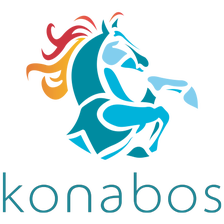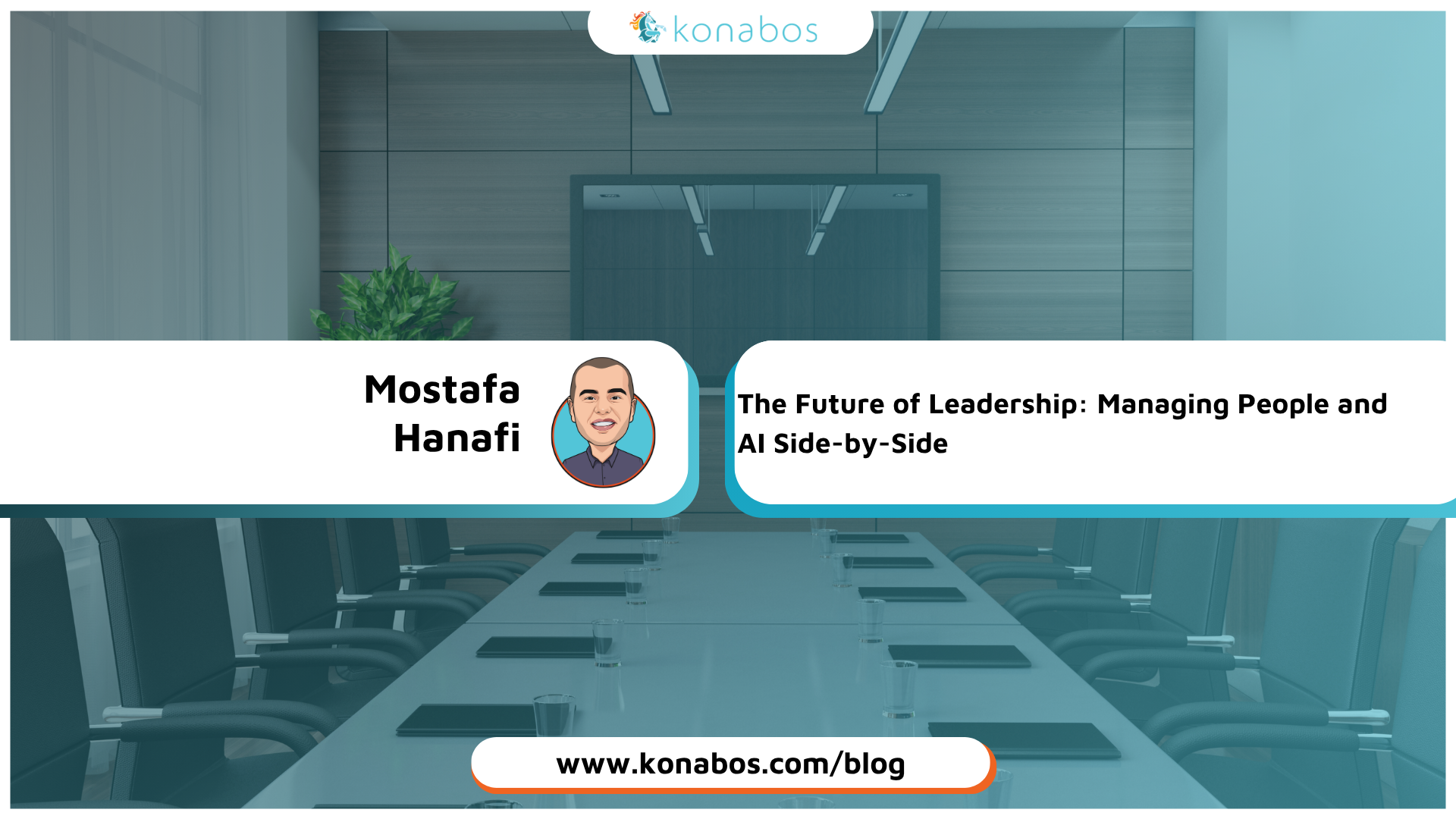The Future of Leadership: Managing People and AI Side-by-Side
Mostafa Hanafi - Program Manager
30 Jun 2025
AI isn’t here to replace people, it’s here to augment them. But as AI tools become embedded in our daily work, a new leadership challenge is emerging, and it is centered around the ability to lead teams where some of the "team members" are machines!
In this blog, we explore what it means to lead Human + AI teams, using insights from tech leaders and leadership frameworks from Brené Brown’s Dare to Lead book to help modern managers foster trust, clarity, and high performance.
1. AI as a collaborator, not a competitor
AI isn’t just automating tasks; it’s changing the nature of how we work. Leaders must help employees see AI as a partner, not a threat.
"The most successful employees will be those who learn how to work alongside AI," said Amazon CEO Andy Jassy in a recent address to shareholders.
Sam Altman, CEO of OpenAI, echoes this: "AI should be viewed as a tool that complements human intelligence, not one that replaces it."
Marc Benioff, CEO of Salesforce, adds, "AI won’t take your job, but someone using AI might."
In her book, Dare to Lead, Brené Brown emphasizes that vulnerability builds trust. Leaders who are transparent about the opportunities and limitations of AI create a culture where people feel safe to experiment, learn, and grow.
Recommendations from tech leaders:
- Normalize the use of AI in day-to-day work and highlight real examples of how it empowers teams.
- Communicate openly about how AI supports the team's mission rather than undermining it.
- Publicly recognize team members who embrace AI to amplify their impact.
2. Human + AI Roles
Introducing AI into workflows demands more than technical integration, it requires a rethinking of roles. The goal isn’t to bolt AI onto existing structures but to design workflows where humans and machines play to their respective strengths.
"Leaders must focus on orchestration, not just automation," notes Satya Nadella, CEO of Microsoft. "The goal is to create synergy between humans and AI."
"The real magic happens when humans do what they're best at and machines do what they're best at," adds Fei-Fei Li, co-director of Stanford's Human-Centered AI Institute.
Recommendations from tech leaders:
- Redesign roles to maximize both human creativity and AI efficiency.
- Identify areas where AI supports, not substitutes, human judgment.
- Build workflows that include human-in-the-loop validation steps.
Examples include Content Managers ability to use AI to generate drafts but retain editorial oversight. Sales teams can use AI for lead scoring but still handle human outreach and negotiation.
3. Trust and Transparency
Trust is essential in any team, even more so when AI is part of the team. Employees need to understand what AI is doing, why it’s doing it, and how much control they have.
"Transparency builds trust," says Sundar Pichai, CEO of Google. "People should know when they're interacting with an AI and what it's capable of."
IBM CEO Arvind Krishna agrees: "Explainability is key to trustworthy AI. Employees and customers must know how AI arrives at decisions."
Brown's BRAVING framework lists reliability, accountability, and integrity as key components of trust. Transparency about AI's capabilities and boundaries ensures these values remain intact.
Recommendations from tech leaders:
- Clarify the decision-making process behind AI recommendations.
- Offer opt-in and override mechanisms.
- Gather regular feedback from employees on how AI is impacting their work.
4. Leadership and Empathy
Above all, managing Human + AI teams is not just a technical task, it's an emotional one. Leaders must recognize and support the emotional journey that comes with technological disruption.
"AI adoption isn't just about tech; it's about people," says Jensen Huang, CEO of NVIDIA. "Empathy and understanding are crucial in helping teams adapt."
"The soft stuff is the hard stuff," remarks Satya Nadella. "Empathy will be the most valuable skill for leaders in the age of AI."
Brown advocates for "courage over comfort." Leaders who lead with empathy and self-awareness foster environments where innovation and adaptability thrive.
Recommendations from tech leaders:
- Hold regular check-ins to explore how teams feel about using AI.
- Encourage peer mentoring and cross-functional learning.
- Model curiosity and humility as you navigate your own AI learning journey.
To sum up, AI isn't just a new tool, it's a new teammate. To lead effectively in this era, people managers must:
- Reframe the narrative around AI
- Redesign roles for collaboration
- Foster transparency and feedback
- Lead with courage and empathy
By combining Brené Brown’s human-centered leadership principles with insights from today’s top tech leaders, we can conclude that Human + AI teams are not just high-performing, but deeply human.

Mostafa Hanafi
Mostafa is an experienced Project Manager and Scrum Master who has been managing Sitecore projects for more than 8 years. During his 12 years of experience in the field, Mostafa has also excelled as a Business Analyst and Product Manager, where he practices his passion for solving problems. In addition, Mostafa is also a two-time Sitecore MVP. As a Program Manager at Konabos, Mostafa will work with clients to ensure their business goals are achieved in the most efficient and cost-effective way.



Share on social media